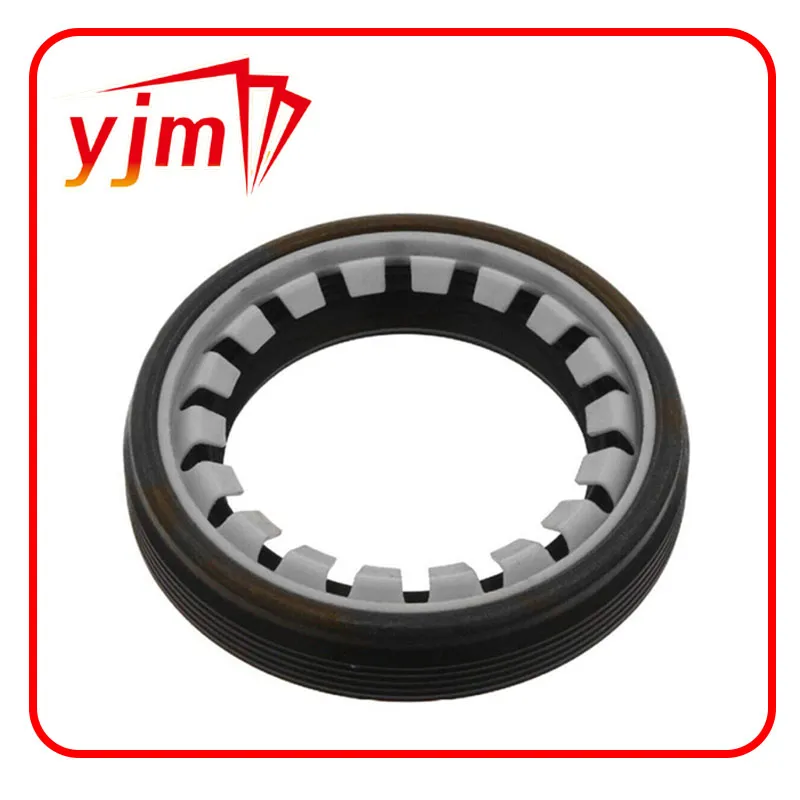Understanding the Importance of Steering Seals in Vehicle Performance and Safety
Understanding Steering Seals Importance, Types, and Installation
Steering seals play a crucial role in the smooth operation of any vehicle's steering system. Often overlooked, these small but essential components are responsible for preventing fluid leaks and keeping the steering mechanism functioning optimally. In this article, we’ll delve into the importance of steering seals, explore the various types available, and provide a quick guide to their installation.
Importance of Steering Seals
The primary function of steering seals is to contain the hydraulic fluid within the power steering system, which is vital for effective steering control. The fluid aids in reducing the effort needed to turn the steering wheel, ensuring that drivers can maneuver their vehicles with ease. When steering seals fail, it can lead to fluid leaks, resulting in a loss of steering assist. This not only affects the vehicle's drivability but can also create safety hazards, especially at high speeds or during sharp turns.
Moreover, well-maintained seals help protect the internal components of the steering system from dirt, debris, and moisture. Contaminants can wreak havoc on the system, leading to premature wear and expensive repairs. By ensuring the integrity of steering seals, vehicle owners can extend the lifespan of their steering components and improve overall vehicle performance.
Types of Steering Seals
There are several types of steering seals, each designed for specific applications within the steering mechanism
1. O-Ring Seals These are circular seals that are commonly used in hydraulic systems. O-rings provide a reliable seal for low to medium pressure applications and are favored for their simple design and ease of installation.
2. U-Cup Seals Shaped like a “U,” these seals are particularly effective for rod and piston sealing in hydraulic cylinders. They excel in high-pressure environments and are known for their durability.
3. Lip Seals Also known as axial seals, these seals feature a flexible lip that can adapt to the shaft's surface, offering low friction and excellent sealing capabilities. They are commonly used in power steering pumps and gearboxes.
steering seal

4. Backup Rings Often used in conjunction with O-rings or U-cup seals, backup rings provide additional support to prevent extrusion under high-pressure conditions. They are essential in preventing seal failure in demanding applications.
Installation of Steering Seals
Installing steering seals may seem daunting, but with the right tools and a bit of patience, it can be a manageable task. Here’s a quick guide to installing steering seals
1. Gather Necessary Tools You'll need a wrench set, screwdrivers, seal pullers, and potentially a hydraulic press depending on the seal type. It’s essential to have the manufacturer's specifications for your particular vehicle.
2. Remove the Old Seal Begin by draining the power steering fluid. Inspect the area for any remaining fluid. Using a seal puller, carefully remove the old seal. Take care not to damage the surrounding components during this step.
3. Clean the Sealing Surface Use a clean cloth to wipe down the sealing surface. Remove any debris, dirt, or old sealant. A clean surface ensures that the new seal will fit securely and reduce the chances of leaks.
4. Install the New Seal Apply a small amount of power steering fluid to the new seal to lubricate it. Carefully press or tap the new seal into place, ensuring it sits evenly and is fully seated in its groove. If you’re using a hydraulic press, apply even pressure.
5. Reassemble and Test Once the new seal is in place, reassemble any components you may have removed. Fill the power steering reservoir with fluid, bleed the system if necessary, and check for leaks while turning the steering wheel.
Conclusion
Steering seals are a vital component of a vehicle's steering system, ensuring optimal performance and safety. By understanding their importance, recognizing the different types, and knowing how to install them, vehicle owners can maintain efficient steering control and avoid costly repairs. Regular inspections and timely replacements of steering seals can enhance the driving experience and ensure peace of mind on the road.
-
Understanding the Front Main Engine Seal: Purpose, Maintenance, and Installation
News Jul.29,2025
-
Understanding O-Rings and Seal Rings: Types, Applications, and Custom Solutions
News Jul.29,2025
-
Understanding Crankshaft Oil Seals: Rear Seals, Pulley Seals, and Their Role in Engine Integrity
News Jul.29,2025
-
The Importance of Front and Rear Crankshaft Seals in Engine Performance and Oil Management
News Jul.29,2025
-
Crank Oil Seals: Functions, Types, and Cost Considerations in Engine Maintenance
News Jul.29,2025
-
A Comprehensive Guide to O-Rings and Seals: Types, Materials, and Global Applications
News Jul.29,2025
-
Mastering Diesel and Performance Engine Maintenance: A Guide to Critical Oil Gaskets
News Jul.28,2025
Products categories















